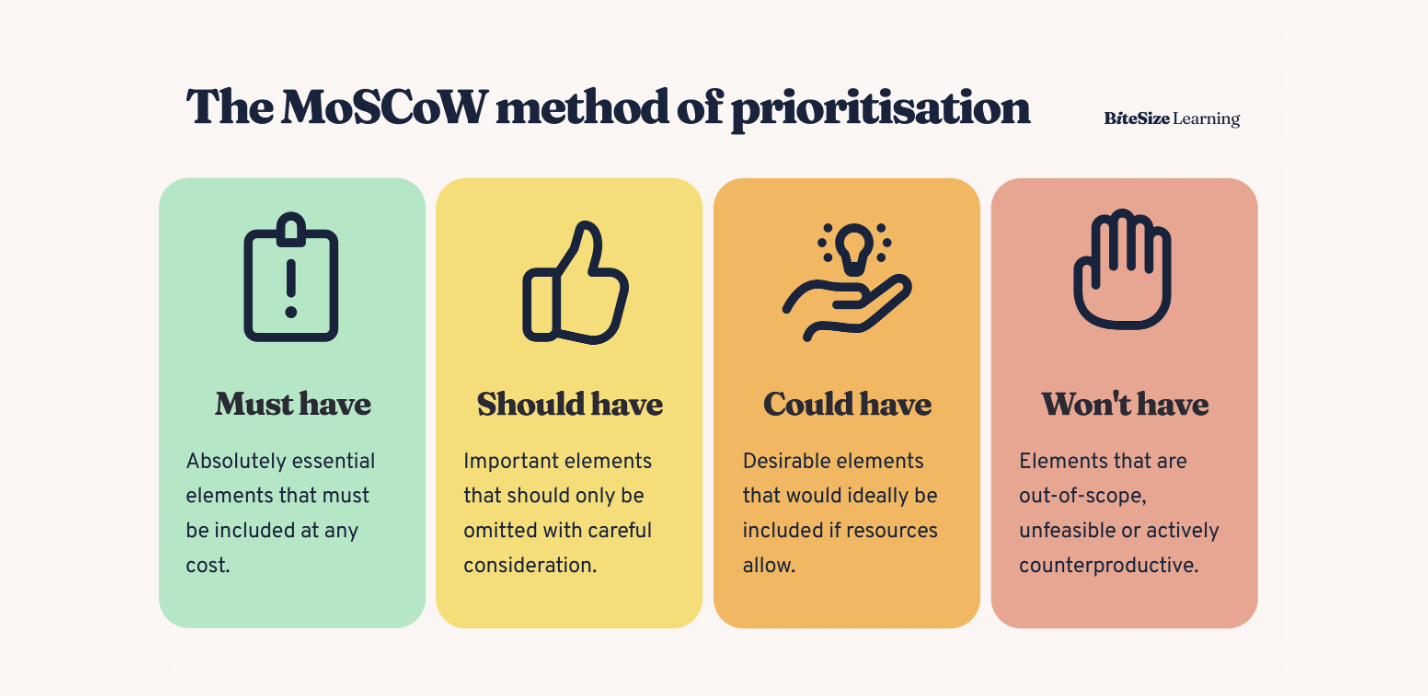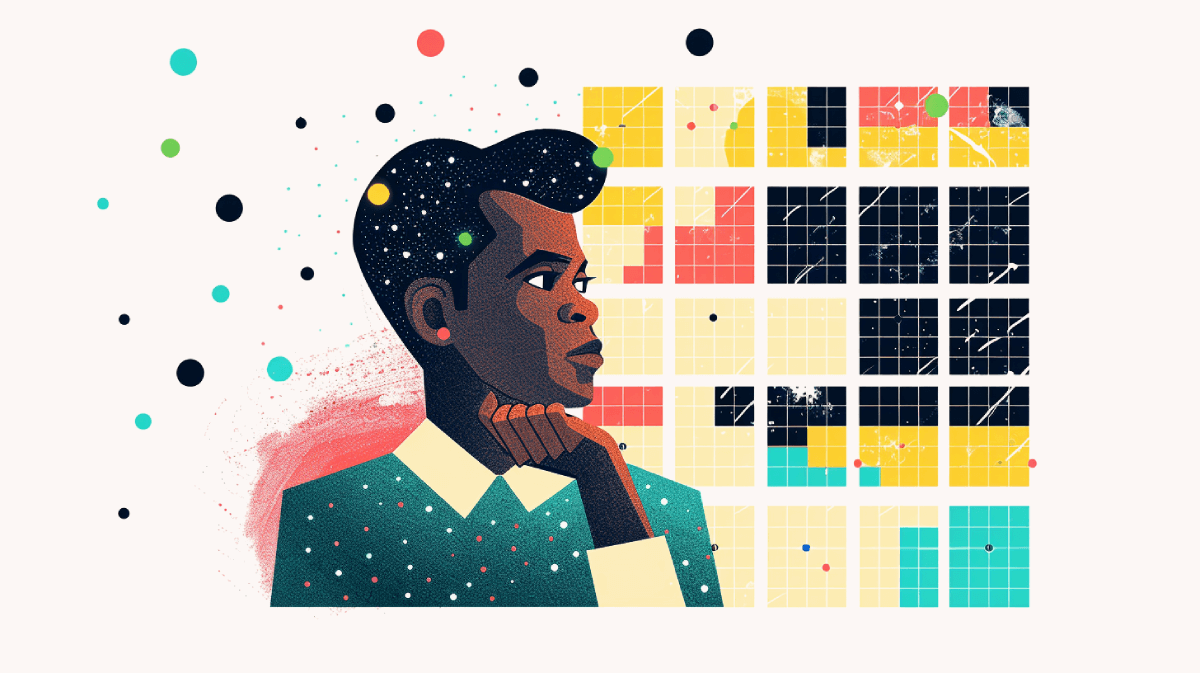Locke’s goal-setting theory, explained
You've probably set goals before, both in your professional and personal life. But have you ever stopped to consider the theory behind effective goal setting?
Enter Edwin Locke's Goal Setting Theory, a framework that's been shaping our understanding of motivation and performance for over five decades.
The basics of Locke’s theory
At its heart, Locke's theory posits that some goals are much more motivating than others.
If you can design a goal according to some simple principles, it will be much more likely to have the desired effect. These days, you’ll recognise a lot of the principles from the popular acronym SMART Goals.
Let's break it down:
Specificity: Your goals should be clear and unambiguous. Instead of "improve sales," try "increase Q3 sales by 15% compared to last year." You’ll recognise this from the SMART goals framework.
Difficulty: Goals should stretch your abilities, and Locke generally argues that more challenging goals increase performance more effectively than easier goals. Nevertheless, a goal that is seen as totally impossible can become demotivating, so the sweet spot is “just about achievable.”
Commitment: The relevant people need to totally buy into the goal. If your goal is just seen as merely a “nice idea” or “good news – if it happens”, then it won’t drive an increase in performance, no matter how specific or difficult it is. Instead, you or your team need to be fully committed to reaching the goal.
Feedback: A good goal offers the participant a lot of feedback as they seek to accomplish it. This means they get a lot of rapid signals whether or not their approach is working, if they’re improving, and how close they’re getting to the goal over time. Some jobs or tasks have this built in – for instance, if you’re trying to improve at shooting basketball hoops, it’s really easy to see if the ball is going in or out. But for other ‘softer’ skills, like ‘being a better manager’, it’s more challenging – you might need to find proxy measures, or seek out frequent subjective feedback.
Simplicity: Locke calls this dimension ‘task complexity’, but unlike the other aspects, he argues complexity has a negative effect – the more complex the goal, the less motivating it is. So instead, aim for simplicity – a really straightforward, actionable, tangible goal that people understand and know how to work towards. Sometimes, this might mean splitting one huge, complicated goal into simpler sub-goals.
Putting theory into practice
Consider Sarah, a product manager at a tech startup. She could set a vague goal like "make our app easier to use." But applying Locke's theory, she might instead aim to "increase daily active users by 20% within three months by implementing three new features, based on user feedback."
This goal is specific, challenging, and allows for clear feedback. Sarah can track daily active users, measure progress towards the 20% increase, and assess the impact of each new feature.
Beyond the workplace
Locke's theory isn't just for the office. Imagine you're training for a marathon. Instead of a general goal to "run more," you might set a specific target: "Complete a half-marathon in under two hours within six months, following a structured training plan with weekly mileage increases."
Nuances to the theory
While Locke's theory has stood the test of time, it's not without its critics. Some argue that it can lead to tunnel vision, where people focus so intently on their goals that they miss other important aspects of their work or life. This is where concepts like the Balanced Scorecard come in, encouraging a more holistic view of performance.
Others point out that in rapidly changing environments, rigid goals can become outdated quickly. This is where the idea of OKRs (Objectives and Key Results) shines, allowing for more frequent reassessment and adjustment of goals.
Related goal-setting concepts
As you delve deeper into goal setting, you'll find connections to other powerful concepts:
SMART Goals: This acronym (Specific, Measurable, Achievable, Relevant, Time-bound) aligns closely with Locke's principles, providing a practical framework for goal formulation.
Big Hairy Audacious Goals (BHAGs): While seemingly at odds with Locke's emphasis on achievability, BHAGs can serve as long-term visionary goals that inspire a series of more immediate, Locke-aligned objectives.
Input vs. Output Goals: Locke's theory generally focuses on output goals (results), but input goals (actions within your control) can be equally valuable, especially for complex tasks where the path to success is unclear.
Leading and Lagging Measures: As you set goals, consider both leading indicators (predictive measures) and lagging indicators (outcome measures) to get a full picture of your progress.
The takeaway
As you consider how to improve your goal-setting practice, Locke's theory offers a powerful framework. But remember, it's not a one-size-fits-all solution. The key is to understand the principles, then adapt them to your unique context and needs.
Whether you're aiming to boost your team's productivity, launch a new product, or achieve a personal milestone, take the time to craft goals that are specific, challenging, and meaningful to you. Your future self will thank you for it.







